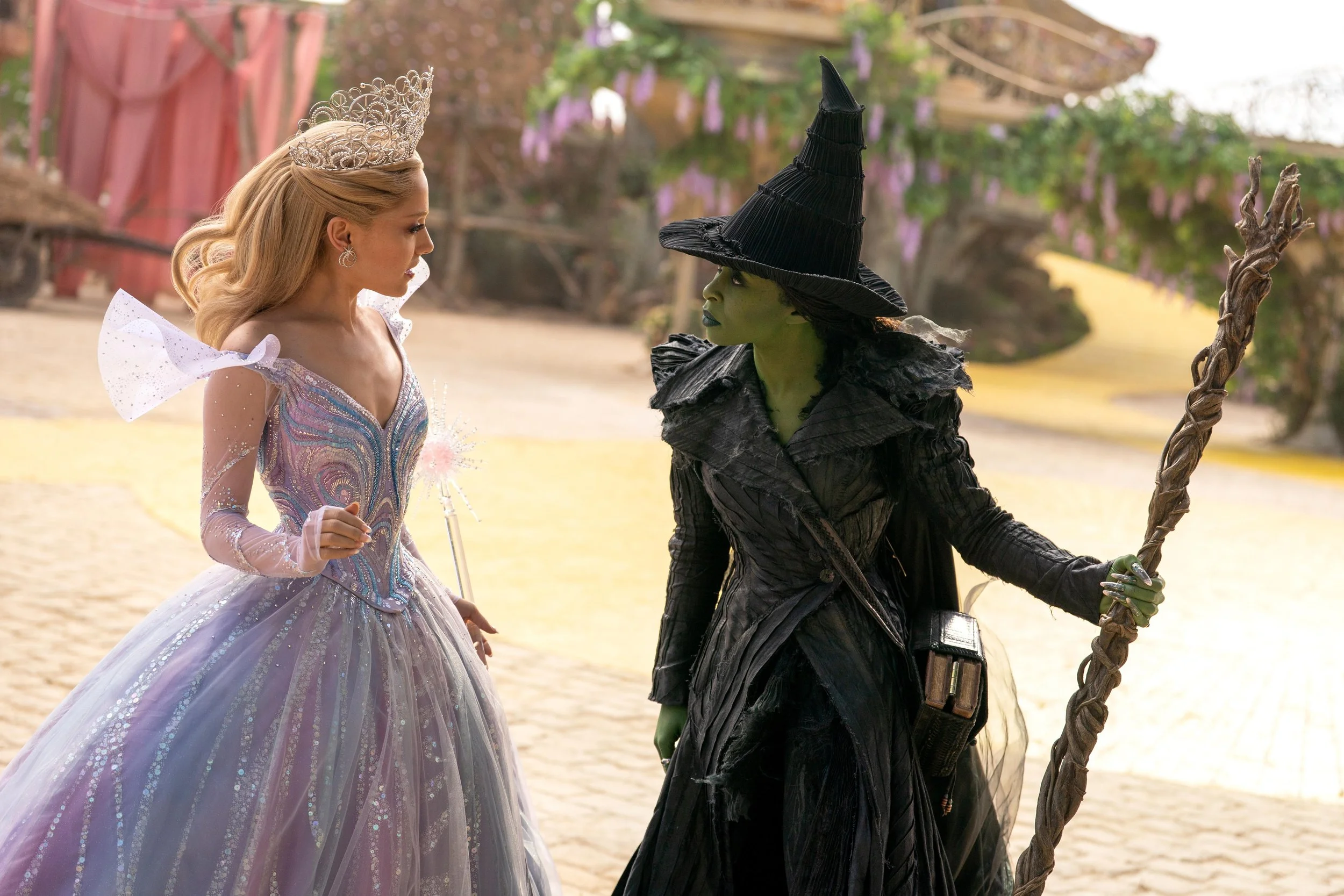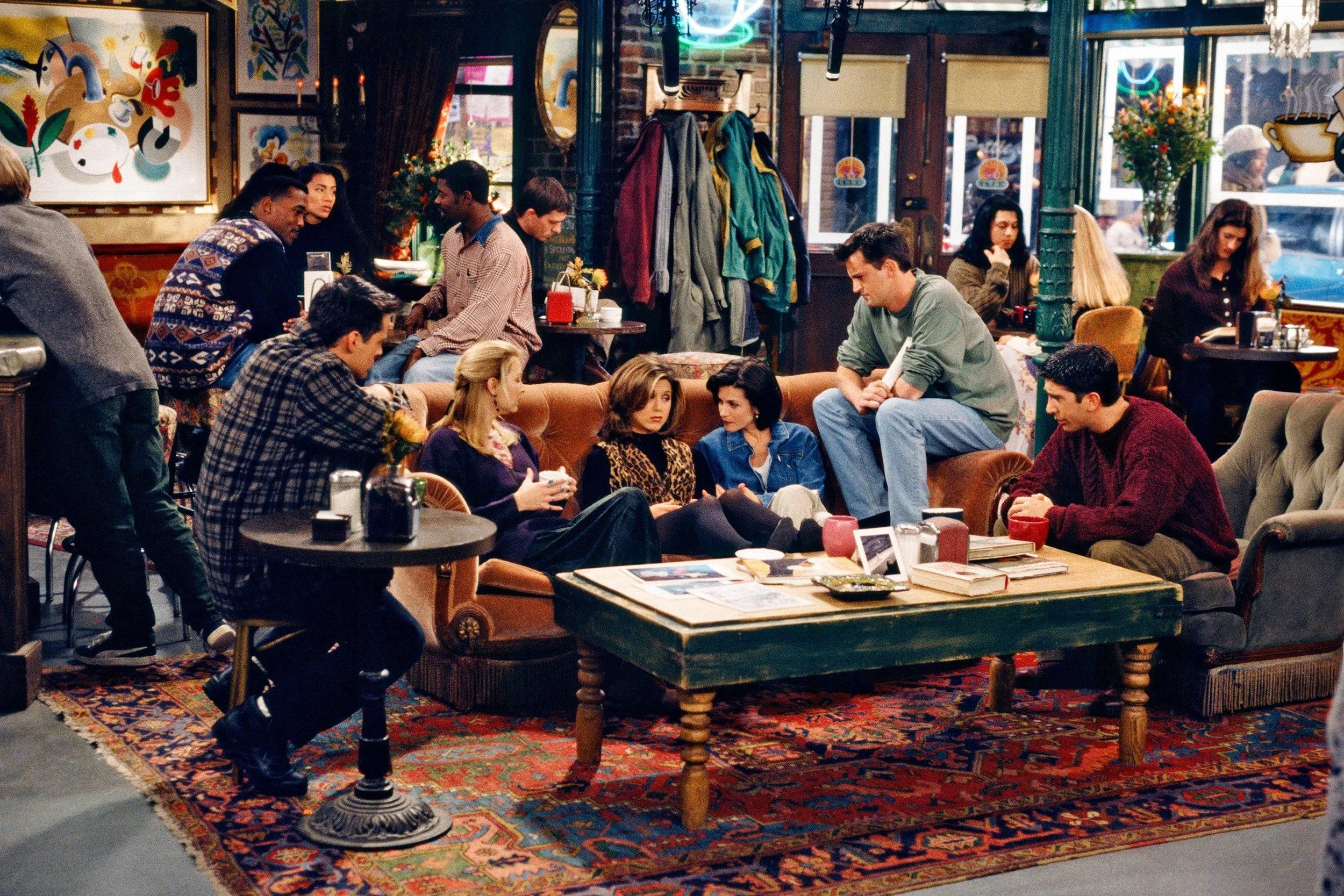‘The Boy and the Heron’ REVIEW: Miyazaki at his most contemplative and sublime
‘The Boy and the Heron’ REVIEW: Miyazaki at his most contemplative and sublime
The gray heron pierces through the sunlight. Taken from IMDb.
We are exclusively composed of nimble splinters of memories from which we identify ourselves. Each of us indulges in keeping episodic mementos, deliberately stacking them even as they fall off because of their inevitable weight. This is also correlative to our tendency to create, to persist in forming enduring legacies in fear of being forgotten. We always leave footprints only to discover the fact that the onrush will just easily erase them through the oscillating strums of time. Our memories and creations are collectively tied to the thickness of futility so why do we keep on repeating this vanity? Hayao Miyazaki, the creative juggernaut behind Studio Ghibli's greatest works, recognizes such introspection as he echoes his monumental legacy and artistic convictions through his first feature film after a decade of silence, The Boy and the Heron.
Coming back after the 2013 release of The Wind Rises, where he reconciled the dualistic implication of creation, perusing the lines of its capacity to expedite innocence and annihilation, The Boy and the Heron now sees Miyazaki reflecting on his imposing worlds, on the tower that he built so high through his universally acclaimed works like Spirited Away, My Neighbor Totoro and Princess Mononoke. The latest work by Miyazaki is a dense chimera of eccentric fantasy in the style that has been his distinct trademark. It chronicles the story of Mahito, who openly faces the tragic loss of his mother amid the turbulent throes of World War II by journeying to a whimsical world of talking parakeets and stretches of azure in hopes of finding a lingering memoir of his past. Although the themes of war, loss, environmental repercussions, and grief have been examined in different fonts by the infamous studio before, one can't help but remain enamored by the seemingly endless expanse of Hayao Miyazaki’s imaginative flair.
Mahito walks towards a gate from another world. Taken from IMDb.
Right from its first moments, the audience will immediately feel a beautiful sense of disbelief as they witness ethereality in full display by dint of the first-rate presentation. Stunning and jaw-dropping animation unfolds as we get a glimpse of a dream where Mahito pierces through the oppressing embers of war and waves of trembling bodies in hopes of reaching the hospital where his mother stays, only to witness it be engulfed by flames. It's in this rousing sequence that we can confirm the auteur's unrelenting pursuit of unwavering perfection in honing a blade that has already been conceived to be the sharpest. Miyazaki can still outstrip expectations even after amassing a legendary catalog of films.
The engine keeps moving on from here. The Boy and the Heron steadily develops as Mahito undergoes a transition to the countryside where his father's newly built factory is located, sharing a home with his stepmother who is also his aunt, Natsuko. An understated grief is written all over Mahito's face as he straddles on with his new environment. In a particular scene in this section, Mahito's handling of his affliction is depicted in a way that will genuinely shock the audience. Then, the narrative unfolds in typical Ghibli fashion where an engrossing mystery emerges, but given the presence of the aforementioned scene, we learn to stay on our toes because Miyazaki continues to subvert expectations. Therefore, making the overall experience more thrilling and engaging than ever.
The first half of the story takes a while to breathe in as it gradually substantiates Mahito's subdued longing for his mother. Perhaps, the repetitive dreams that constantly feature fire as an element can be read as a clever juxtaposition to our protagonist's pain. It's as if he is internally combusting with emotions but, instead of expressing them outwardly, he maintains a composed demeanor. So the only time he cries is when he dreams of it. After this build-up, the second half soothes our dread by establishing an otherworldly plane where vessels of souls are nurtured; I kid you not, this part will leave you joyously grinning and it never stops. There is an immense amount of marvel as we journey into this world, it gets more and more abstract and confrontational as Miyazaki grapples with his art. I strongly believe it's better to not know anything about this tidbit. Let it reveal itself with the film's intimate reveal.
Mahito encounters the gray heron up close. Taken from IMDb.
Make no mistake, The Boy and the Heron delivers an animation experience tenfold with exquisitely rich visuals filled with exacting attention to detail, boasting some of the most breathtakingly defined images you'll encounter. The characters' movements are satisfyingly agile, almost silk-like, and the thoroughly drawn backgrounds in each scene contribute to the overall visual cornucopia of sheer amazement that overwhelms the viewers with staggering awe. To top it all off, the renowned Ghibli composer; and Miyazaki's longtime collaborator, Joe Hisaishi, further magnifies the wonder of the film through his astute sensibility in creating a score that is not only befitting but also greatly complementary to the emotional resonance of The Boy and the Heron. It is evident that Hisaishi became fond of a more minimalist approach in this soundtrack and it was all superbly done.
The Boy and the Heron was supposed to be Miyazaki’s swan song, a final movie before he finally retires, and it really felt like it was the poet's letter of farewell. Take note that advertisements leading up to its Japan release were nonexistent except for a teaser poster, adding to its cultural gravitas. But the statement of retirement was soon redacted in an interview with Studio Ghibli's vice president, Junichi Nishioka. The movie was met with loud praises from fans and critics, it had an astounding commercial success even surpassing Howl's Moving Castle's 1.5 million yen debut in 2004. Moreover, it made history by being the first anime to clinch the prestigious Best Motion Picture - Animated award at the Golden Globes.
Funnily enough, I am of the opinion that the message of the film is additionally accentuated by this news. In the film, not only did Mahito confront his loss with such unyielding firmness, but Miyazaki also pondered on the legacy of his pen and his fixation on the idea of a successor with a wisdom that's profoundly grounded in humility. He won't retire soon; in fact, he's making another movie. But it will be a more dynamic Miyazaki, one who welcomes the notion that the tower will eventually fall. With his remaining time, he will still continue to build it upward, unrestrained by any weight, because even if "forgetting is normal," it's the will to transcend transcience that makes everything matter. The insignificance ingrained in everything we do will never be gone; it will continue to slap us every inch of the way. Every memory and every legacy will dissipate, but it's how we view it, not in a vacuum, but through a more tender lens. Mahito was given a book by his mother titled "How Do You Live?" Instead of giving a direct message, it becomes a poignant reminder not only to Mahito but to us, viewers, that amidst the uncertainties and impermanence of our names, legacies, and memories, we must not just acknowledge but embrace them and navigate our existence on our own terms.
The Boy and the Heron is in its theatrical run in the Philippines.
















